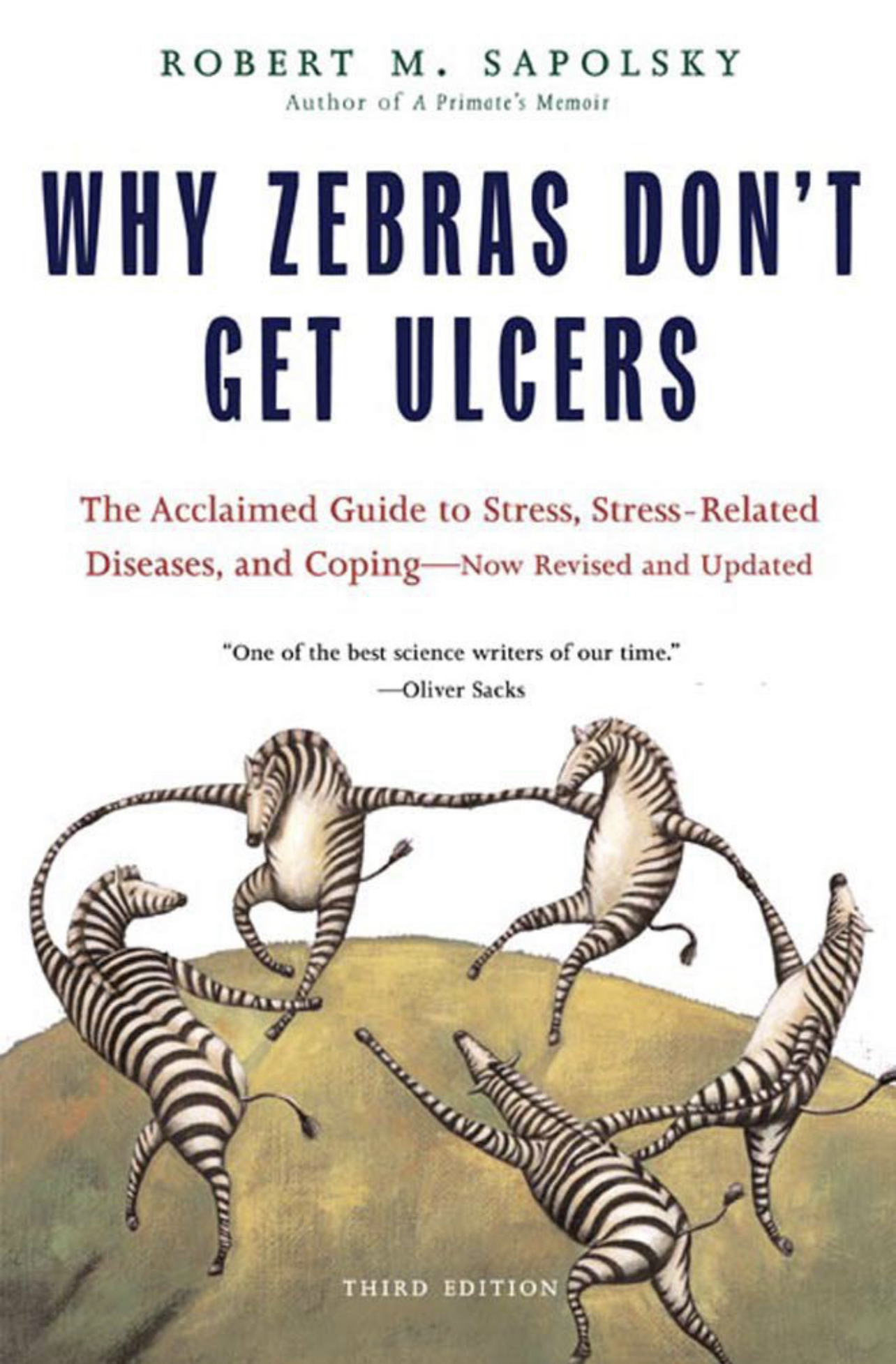Why Zebras Don’t Get Ulcers Chapter 18. Managing Stress
Author Robert Sapolsky Publisher: New York, NY: Henry Holt and Company. Publish Date: 2004 Review Date: 2023-6-7 Status:⌛️
Annotations
571
This far into this book, this one should be a no brainer—social support makes stressors less stressful, so go get some. Unfortunately, it’s not so simple.
To begin, social affiliation is not always the solution to stressful psychological turmoil. We can easily think of people who would be the last ones on earth we would want to be stuck with when we are troubled. We can easily think of troubled circumstances where being with anyone would make us feel worse. Physiological studies have demonstrated this as well. Take a rodent or a primate that has been housed alone and put it into a social group. The typical result is a massive stress-response. In the case of monkeys, this can go on for weeks or months while they tensely go about figuring out who dominates whom in the group’s social hierarchy.*
572
In another demonstration of this principle, infant monkeys were separated from their mothers. Predictably, they had pretty sizable stress-responses, with elevations in glucocorticoid levels. The elevation could be prevented if the infant was placed in a group of monkeys—but only if the infant already knew those animals. There is little to be derived in the way of comfort from strangers.
573
Even once animals are no longer strangers, on average half of those in any group will be socially dominant to any given individual, and having more dominant animals around is not necessarily a comfort during trouble. Even intimate social affiliation is not always helpful. We saw in psychoimmunity chapter 8 that being married is associated with all sorts of better health outcomes. Some of it is due to the old reverse causality trick—unhealthy people are less likely to get married. Some is due to the fact that marriage often increases the material well-being of people and gives you someone to remind and cajole you into cutting back on some lifestyle risk factors. After controlling for those factors, marriage, on average, is associated with improved health. But that chapter also noted an obvious but important exception to this general rule: for women, being in a bad marriage is associated with immune suppression. So a close, intimate relationship with the wrong person can be anything but stress-reducing.
573
Expanding outward, it is also healthful to have a strong network of friends and, as we saw in the last chapter, to be in a community teeming with social capital. What’s the potential downside of that? Something I alluded to. Amid all that nice, utopian social capital business lurks the inconvenient fact that a tightly cohesive, cooperative community with shared values may be all about homogeneity, conformity, and xenophobia. Maybe even brownshirts and jackboots. So social capital isn’t always warm and fuzzy.
574
Throughout this section I have been emphasizing getting social support from the right person, the right network of friends, the right community. Often, one of the strongest stress-reducing qualities of social support is the act of giving social support, to be needed. The twelfth-century philosopher Maimonides constructed a hierarchy of the best ways to do charitable acts, and at the top was when the charitable person gives anonymously to an anonymous recipient. That’s a great abstract goal, but often there is a staggering power in seeing the face that you have helped. In a world of stressful lack of control, an amazing source of control we all have is the ability to make the world a better place, one act at a time.
